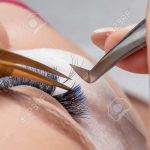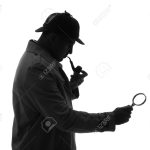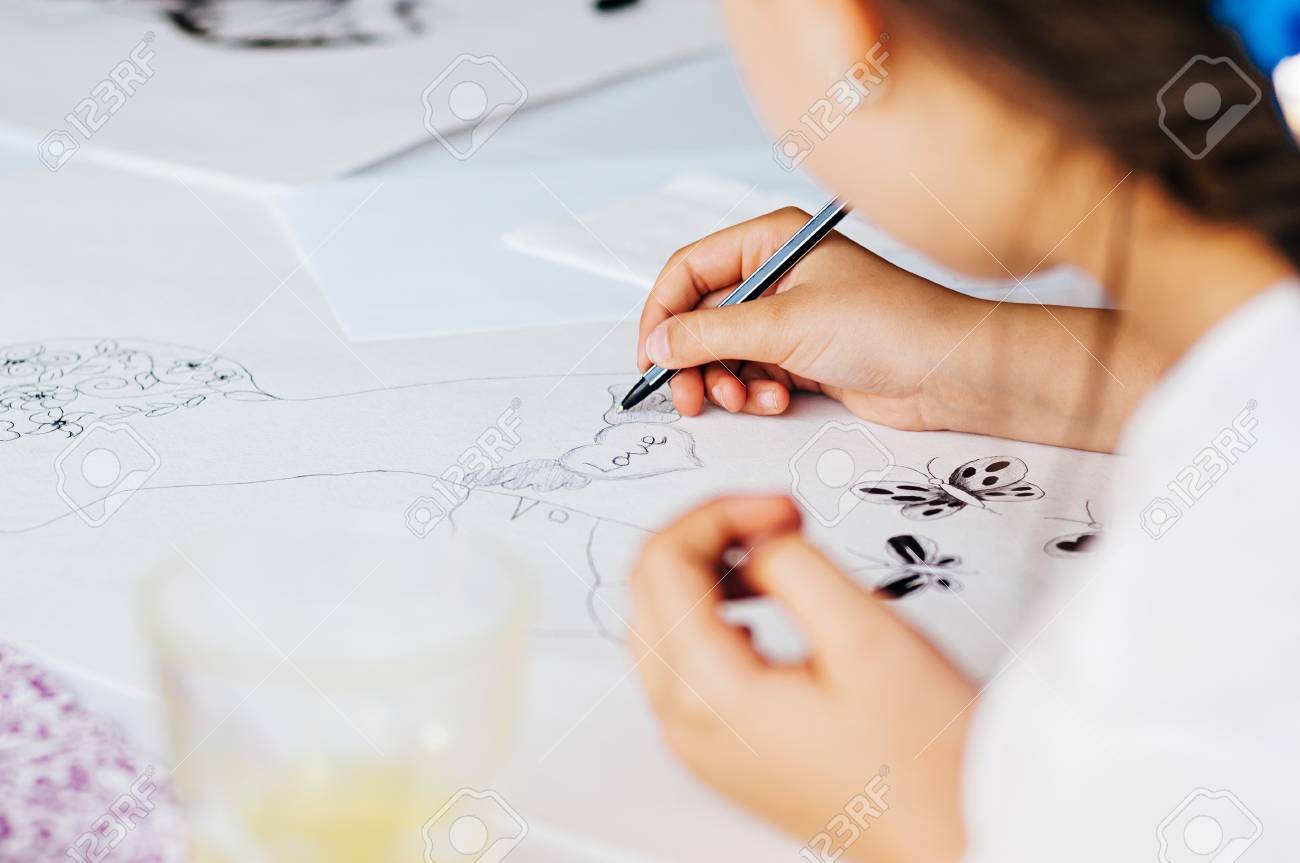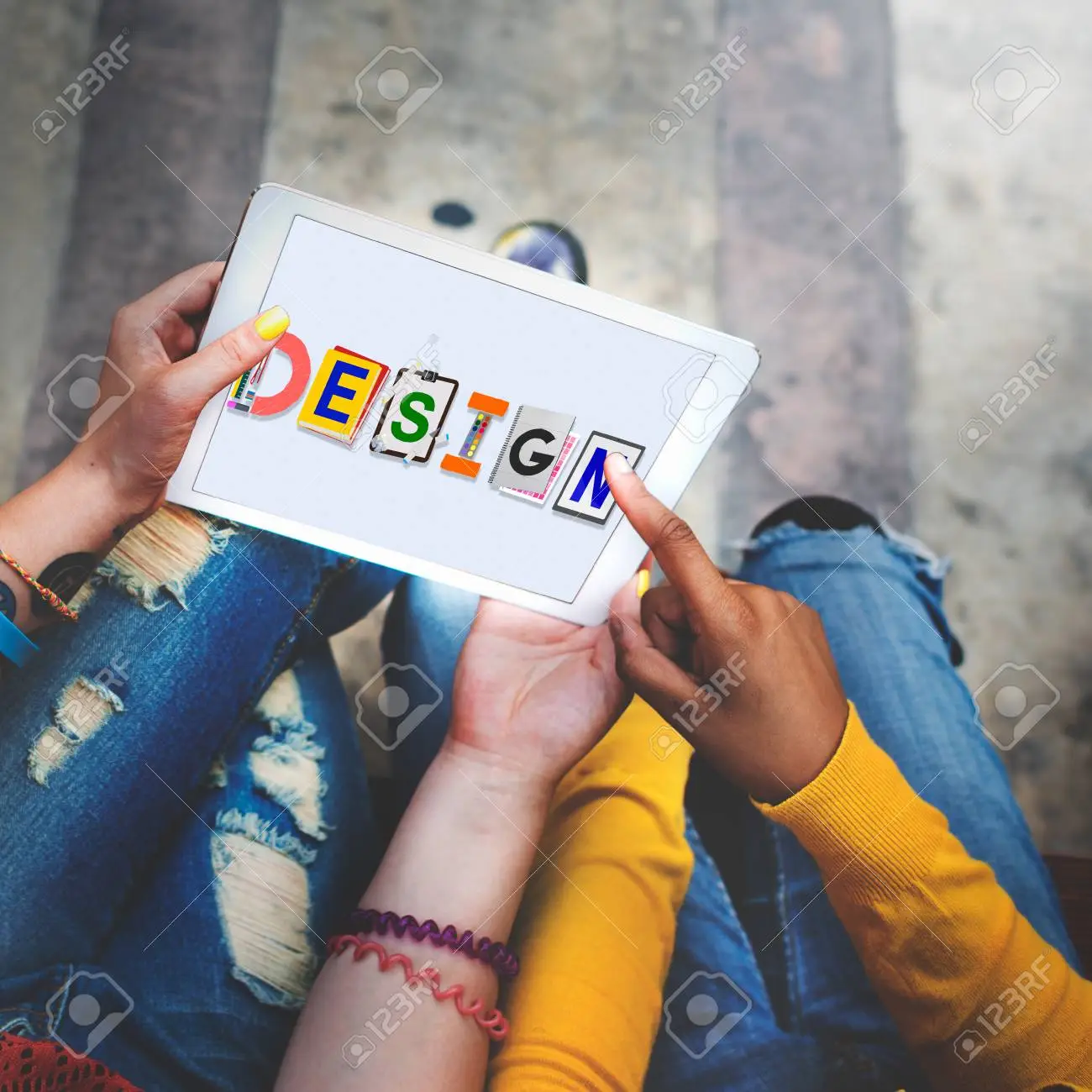Introduction
Welcome to the world of creativity! Adding creativity to your art and design projects can be an exciting and rewarding experience. By taking the time to explore different techniques and tools, you can create unique and eye-catching pieces that will set you apart from the rest. In this guide, we’ll take a look at some of the best tips and tricks to help you add creativity to your art and design projects. From experimenting with new materials to finding inspiration from unexpected sources, you’ll be sure to find something to spark your creativity. So let’s get started!
Understanding the Basics of Art and Design
Art and Design are two integral components of our lives. Art is the expression of ideas and emotions through visual forms such as painting, sculpture, and photography. Design, on the other hand, is the process of creating something with a specific purpose in mind. It often involves creating something with a specific look and feel. Art and design are often intertwined, as both require creativity and problem-solving skills to complete.
Understanding the basics of art and design is essential for anyone looking to pursue a career in either field. Art and design are both forms of communication and expression, and it is important to understand the fundamentals of both fields so that your work is effective and meaningful.
In art, understanding the fundamentals of color theory, composition, perspective, and other elements of design are essential for creating successful works. Similarly, in design, understanding the principles of layout, typography, and the basics of visual communication is necessary in order to create effective designs.
Art and design are two incredibly complex and fascinating fields. Taking the time to learn the basics of both art and design will help you create more effective and meaningful works of art and design.
Developing Strategies for Creative Art and Design Projects
Creative art and design projects can provide an engaging and enjoyable way to explore artistic expression. Whether you are a professional artist, an art enthusiast, or a student looking to develop your creative skills, developing a strategy for your project is essential. Here are some tips to consider when planning your creative art and design project.
1. Set goals: Decide what you want to achieve with your project and create measurable goals.
2. Research: Look to other artists, designers, and projects for inspiration and ideas.
3. Brainstorm: Come up with potential solutions to the project goals.
4. Choose a medium: Select the type of medium that best suits your project and skillset.
5. Plan: Create a timeline and plan of action for completing the project.
6. Execute: Follow your plan and execute your project.
7. Reflect: Take time to reflect on the project and make adjustments as needed.
By following these steps, you can create an effective strategy for your creative art and design project. With the right plan in place, you can take your project to the next level. Good luck!
Identifying Resources for Creative Art and Design Projects
Finding the right resources for creative art and design projects can be a challenge. From materials to inspiration, you need to know where to look to make sure your project is the best it can be. Here are some tips on identifying resources for creative art and design projects.
First, you’ll want to look for quality materials. Quality materials are essential for any creative art or design project. Look for reputable suppliers and stores that specialize in art and design materials. Check out online reviews to ensure you’re getting the best products for your project.
Second, don’t forget to look for inspiration. Creative art and design projects require originality and inspiration. Look through magazines, websites, and blogs to get ideas and inspiration for your project. You can also check out local galleries or attend art and design events to get inspired.
Finally, don’t forget to check out online resources. There are plenty of websites that offer tutorials, guides, and tips on art and design projects. Many of these sites are free and offer a wealth of information.
With these tips, you can easily identify resources for any creative art or design project. Just remember to take your time and do your research. Quality materials, inspiration, and online resources are all essential for any successful creative art and design project.
Benefits of Adding Creativity to Art and Design Projects
Creativity is an essential part of any art and design project. It brings out the best in the artist or designer and enables them to create something unique and special. Adding creativity to an art and design project can help to make it stand out from the crowd, and can be the difference between an average piece of art and an extraordinary one. Here are some of the benefits of adding creativity to art and design projects:
1. Enhances creativity: Adding creativity to an art and design project encourages the artist or designer to think outside the box and come up with new, innovative ideas. This can help to make the project more interesting and unique, and can help to inspire others.
2. Allows for personal expression: Adding creativity to an art and design project allows the artist or designer to express themselves and their own personal style. This can be a great way to showcase a person’s individual talents and skills.
3. Improves problem-solving skills: Being creative can help to develop problem-solving skills, as it encourages the artist or designer to think of creative solutions to any problems they may encounter.
Adding creativity to an art and design project is an important element in the creative process, and can help to make the project more interesting and unique. It can also help to enhance the artist or designer’s creativity and problem-solving skills, and allow them to express their individual style.
Conclusion
In conclusion, creativity is an essential component of any art and design project. By using a variety of materials, techniques, and approaches, you can add a unique touch to your projects that will make them stand out. You can also use brainstorming, problem-solving, and experimentation to inject some creativity into your work. By tapping into your own creativity, you can make your art and design projects truly unique.













